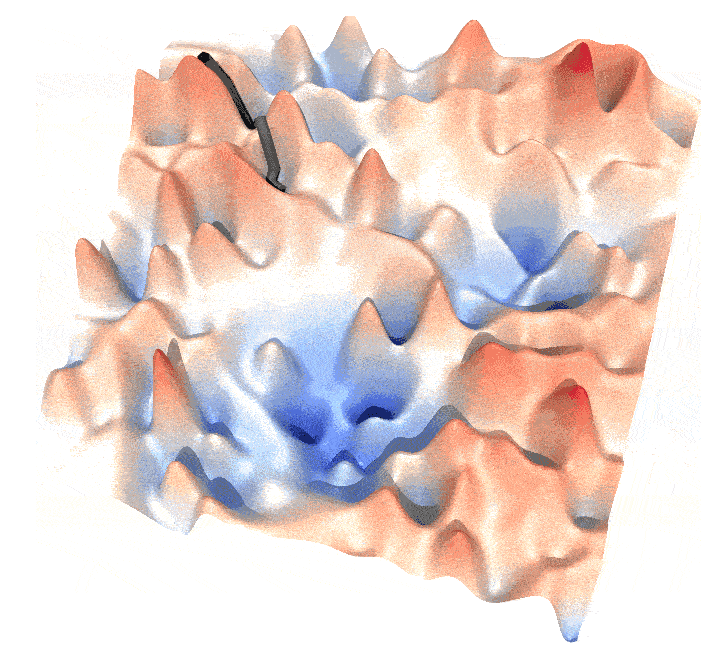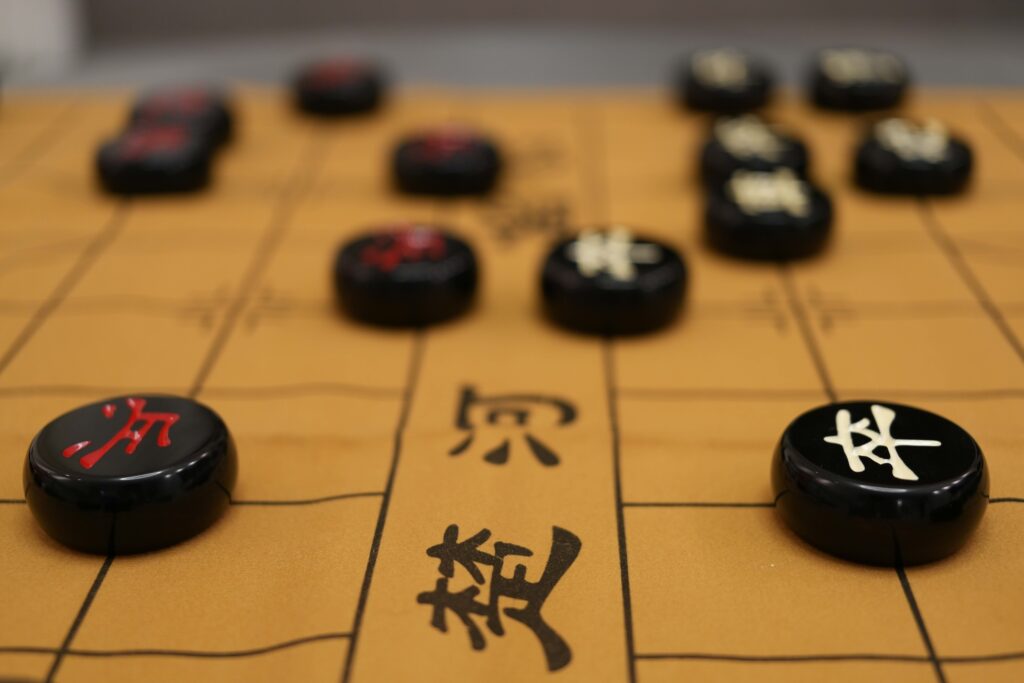To begin with, I must emphasize that this program was not originally deemed necessary. The story dates back to a lab meeting almost six years ago. During the meeting, a student using the GPC instrument complained that the software couldn’t handle batch data processing because it was a “premium” feature, requiring an additional ~$5000 USD fee. After the meeting, I decided to write this program. It includes two main functions: a baseline correction function and a GPC fitting function, which allows data to be further corrected using Mark-Houwink equations. I had forgotten about this program for a long time until recently, when I encountered a peak-finding problem that required baseline correction, and I rediscovered this old program.
import numpy as np
from scipy import signal
from scipy import sparse
from scipy.sparse.linalg import spsolve
# Function for baseline detection using Continuous Wavelet Transform (CWT)
def baseline_cwt_br(t, y, widths=np.arange(1, 61), wavelet=signal.ricker, theta_iter=2, deg=5):
r'''Automatic baseline detect algorithm via CWT.
by Carlo G. Bertinetto and Tapani Vuorinen, 2014
DOI: 10.1366/13-07018, Volume 68, Number 2, 2014. APPLIED SPECTROSCOPY
'''
# Compute the Continuous Wavelet Transform (CWT) of the input signal
cwt_mat = signal.cwt(y, wavelet, widths)
# Compute entropy for each scale (width) to find the optimal scale
cwt_mat_p = np.abs(cwt_mat) # Take absolute value to handle negative peaks
cwt_mat_n = cwt_mat_p / np.sum(np.abs(cwt_mat_p), axis=1)[:, None] # Normalize
H_w = -np.sum(np.nan_to_num(cwt_mat_n * np.nan_to_num(np.log(cwt_mat_n))), axis=1) # Compute entropy
# Find the scale (width) with the minimum entropy
ind_wh = np.argmin(H_w)
wh = widths[ind_wh]
cwt_min = cwt_mat[ind_wh]
# Evaluate threshold using histogram method
n = 200 # Initial number of bins
_count = 0
while _count < theta_iter:
n_old = n
p, e = np.histogram(cwt_min, bins=n) # Compute histogram
e = e[:-1]
ind = np.logical_and(p >= p.max() / 3, p <= p.max())
sigma = (np.sum((e[ind])**2 * p[ind]) / p[ind].sum())**0.5 # Compute standard deviation
n = int(8 * (cwt_min.max() - cwt_min.min()) / sigma) # Update number of bins
if (n - n_old) / n_old < 0.05:
_count += 1
# Define baseline indices based on the threshold
n_ind = np.logical_and(cwt_min > -3 * sigma, cwt_min < 3 * sigma)
theta = sigma * (0.6 + 10 * cwt_min[n_ind].shape[0] / cwt_min.shape[0])
baseline_ind = np.logical_and(cwt_min > -theta, cwt_min < theta)
# Iterative polynomial fitting until convergence
b_p = y[baseline_ind]
b_t = t[baseline_ind]
converge = False
while not converge:
n = b_p.shape[0] // 100 # Segment length
b_p_old = np.copy(b_p) # Copy previous baseline points
p = np.polyfit(b_t, b_p, deg=6) # Fit polynomial of degree 6
pi = np.poly1d(p)(b_t) # Evaluate polynomial
std = np.mean((pi - b_p)**2) ** 0.5 # Compute standard deviation
ind1 = b_p - pi < 1.5 * std # Identify points within 1.5 * std
b_p = b_p[ind1] # Update baseline points
b_t = b_t[ind1]
p = np.polyfit(b_t, b_p, deg=deg) # Fit polynomial of specified degree
pi = np.poly1d(p)(t) # Evaluate polynomial
ind2 = y - pi < 0 # Identify points below the polynomial
segs = np.cumsum(np.r_[
0, np.diff(np.flatnonzero(np.diff(ind2)) + 1, prepend=0, append=ind2.shape[0])
])
for i in range(1, segs.shape[0]):
seg = ind2[segs[i-1]:segs[i]]
if seg[0] and (seg.shape[0] >= n):
b_p = np.append(b_p, y[segs[i-1] + seg.shape[0] // 2])
b_t = np.append(b_t, t[segs[i-1] + seg.shape[0] // 2])
# Check for convergence
if b_p_old.shape[0] == b_p.shape[0]:
if np.allclose(b_p_old, b_p):
converge = True
return p(t) # Return the computed baseline
This baseline correction algorithm was adapted from a method where the authors used an iterative approach. They fit the baseline, identified from the slow modes of the CWT, with polynomials. In each iteration, outliers are removed until the baseline converges. This method is adequate for signals with high signal-noise ratio, for noisy systems, the signal should be smoothed first.
The second part is the GPC-processing part, the codes are here:
import warnings
import argparse
import numpy as np
import pandas as pd
from scipy.integrate import simps
from scipy.signal import detrend
from matplotlib import pyplot as plt
from scipy import sparse
from scipy.sparse.linalg import spsolve
from baseline import snr
from baseline import baseline_cwt_br
import re
description = """
A simple GPC data analysis program, for
I aint f**king believe that a simple GPC
data analysis program is
worth 30000 RMB aka $5000 USD.
"""
arg_parser = argparse.ArgumentParser(
description=description, formatter_class=RawTextHelpFormatter)
arg_parser.add_argument('-S', '--standard',
dest='standard', type=float, metavar="standard curve",
nargs=2, help="Standard curve, slope `k' and intercept `b0'.")
arg_parser.add_argument('-O', '--output',
metavar='Output file',
default='mwd', dest='out_put',
help="Optional, use `mwd' as default prefix.")
arg_parser.add_argument('gpc_file(s)',
nargs=+, type=str
help='GPC data file(s).')
arg_parser.add_argument('-M', '--method',
nargs=+, type=str, dest='method', metavar='Detector(s).',
help='GPC detector(s).')
args = arg_parser.parse_args()
alvars = vars(args)
k, b0 = alvars['standard']
#k, b0 = -0.5005413052736007, 11.278597269990836 # test data.
# TODO: add combination mode of detectors.
detector = alvars['method']
#mark_houwink = pd.read_csv('mh.dat', sep='_')
# MH equation: K_1 M_1^{a_1} = K_2 M_2^{a_2}, universal calibration curve.
# k2, b0_2 = k * (a_2 + 1)/(a_1 + 1), b0 + k * np.log(K_2/K_1)/np.log(10) # mk equation to transfer M1->M2
# k, b as function of K, a, if we know the k, b0 and K_1, a_1 for a certain polymer.
def std_func(t, k, b0):
r'''GPC standard curve t->M.'''
return np.exp((k*t + b0)*np.log(10))
#TODO: add dedrend and find_peak here, or perhaps a GUI?
# RI signal = K_{RI} * dn/dc * c
# LS signal = K_{LS} * (dn/dc)^2 * Mw * c
# Visc. signal = K_{visc} * IntrisicViscosity * c
ret = []
files = alvars['gpc_file(s)']
for i, f in enumerate(files):
data = np.loadtxt(f)
t, y = data.T[0], data.T[1]
while True:
plt.plot(t, y)
plt.show()
s, e = [float(_) for _ in re.split(',\s*|\s+',input("Trim the GPC, start, end: ")) if _ != '']
inds = np.logical_and(t>s, t<e)
t1 = t[inds]
y1 = y[inds]
plt.plot(t1, y1)
plt.show()
if input("End trim? [y|n] ") == 'y': # trim data
break
b = baseline_cwt_br(t1, y1) # baseline correction
plt.plot(t1, y1-b)
plt.show()
t = t1
y = y1
m, i = std_func(t, k, b0), y
if detector == 'RI':
p = i/m * 1/abs(k*np.log(10)) # P(t) -> P(M); the 1/m factor is used to transform P(Log M) -> P(M)
np.savetxt('%s_%03d.txt' % (alvars['out_put'], i), np.vstack([m, np.abs(p/simps(p, m))]).T, fmt='%.6f')
There are still unresolved “TODO” items, which I hope to complete someday. These may include new functions, such as deconvolution for two-step polymerization.



